How Exercise Can Improve Surgical Outcomes
Date: 2021-11-25 Categories: Industry News Hits: 2266
We have all heard about the importance of exercise and health. Being an orthopedic surgeon and performing many hip and knee replacements, I've seen this first hand.
The rehab after hip or knee replacement is crucial in the outcome and recovery experience. Pain, fatigue, depression, and, even at times, post-traumatic stress in the postoperative period plays a role in how the patient perceives their recovery and my quality as a surgeon. The impact became evident approximately 15 years ago when I thought it would make sense to have my debilitated or deconditioned patients exercise before surgery.
Less Pain and Fewer Side Effects After Surgery
The results of exercising before surgery—or what is commonly now known as “prehab”—were remarkable. The fatigue, difficulty sleeping, and significant pain—frequently seen the first few weeks after surgery—were surprisingly improved. During postoperative visits, the patients would smile more, meet rehabilitation goals faster, and be impressed with their success at a much higher level than those not willing to participate in the preoperative exercise program.
As the years have gone on, and we have fine-tuned the process, I have even had physical therapists call to ask what I do that makes my patients recover faster/better than others.
I am fortunate to be surrounded by many skilled joint surgeons. I attribute the perception of better recovery to the preoperative exercise and the motivation I put towards this. Scientific studies prove that patients who exercise before joint replacements have less pain, require fewer narcotics, and have better outcomes.
We are lucky that our health system has a health club associated with it. We have built a program for surgical patients to strengthen, build endurance, and increase flexibility beforehand. This process can be done through physical therapy but can be quite costly and has frequency limitations.
Cbi how exercise can improve surgical outcomes unsplash water exercise column

Prehabilitation Programs to Build Endurance and Core Strength
We created a program with our neighboring health club where patients can visit weekly, without an initiation fee, but still get some guidance from a trainer specializing in total joint prehabilitation. Most of these patients have too much pain with prolonged weight-bearing activities. Therefore, we use water walking to build endurance and core strength before surgery.
I have found this type of therapy to be a lot less pain-provoking as it allows patients to exercise for much longer periods without significantly raising pain levels. We focus on water walking 45 minutes to an hour, four to five days a week. Patients prefer warm water pools. And for those unable to or unwilling to use a pool, recumbent ellipticals and recumbent bicycles for 45 minutes to an hour can also be an option.
Over and over, patients will thank me for convincing them to do water walking and even other exercises. Many of these patients have not exercised at a higher level for years. That energetic, endorphin–like feeling associated with good exercising is invigorating to these more sedentary patients.
We are starting to use a similar approach that we have used with joint replacements to those patients recovering from different types of surgery and even cancer treatment. Cancer recovery, especially, is filled with fatigue, depression, and other physical side effects that—likely—can be reduced with exercise. I would encourage physicians, health systems, and exercise facilities to venture together to promote improved recoveries and decreased side effects and complications with a coordinated exercise program focused on improving outcomes.
#indoor exercise bike factory#smart cycling manufacturer#exercise bike china factory#quiet elliptical machine

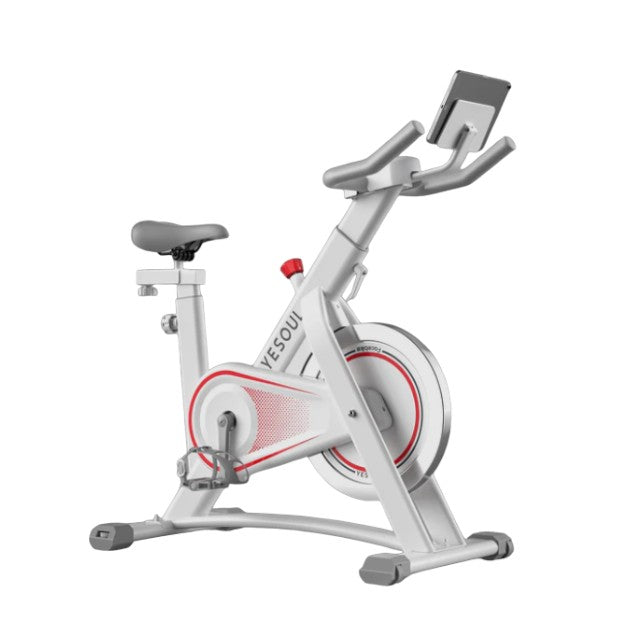 YESOUL A1 Indoor Exercise Bike...
YESOUL A1 Indoor Exercise Bike... 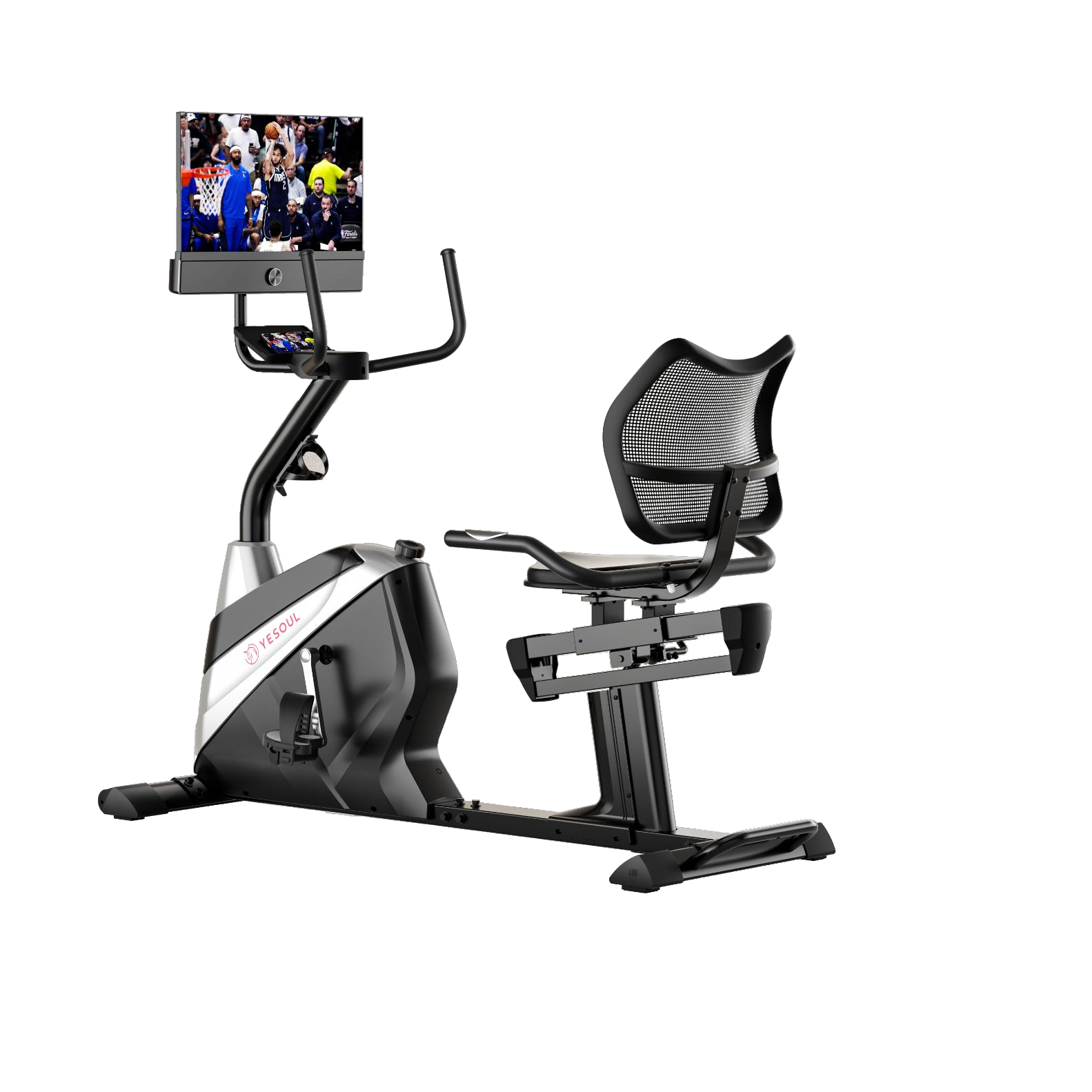 YESOUL J1 PLUS High-end Magnet...
YESOUL J1 PLUS High-end Magnet... 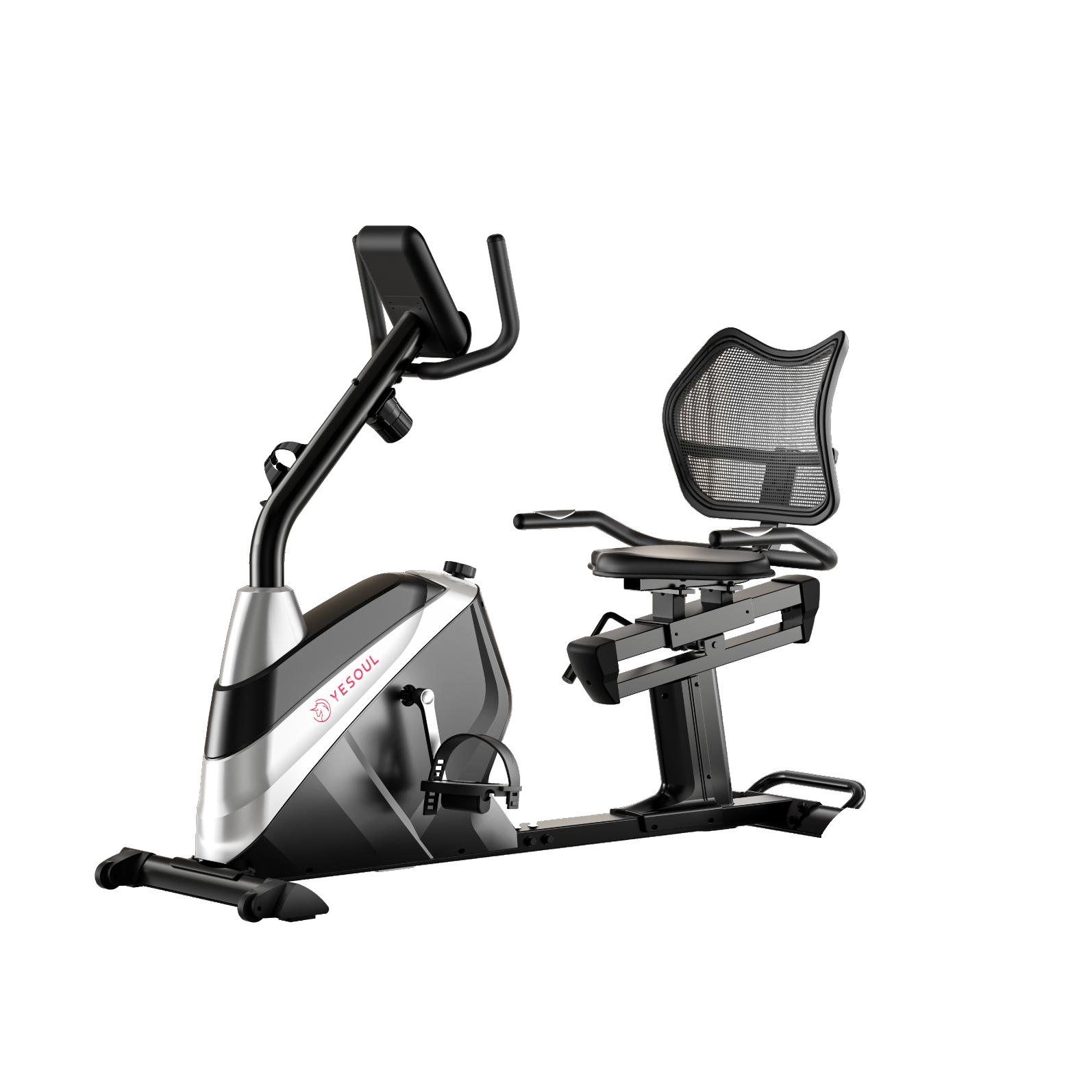 YESOUL J1 Magnetic Recumbent B...
YESOUL J1 Magnetic Recumbent B... 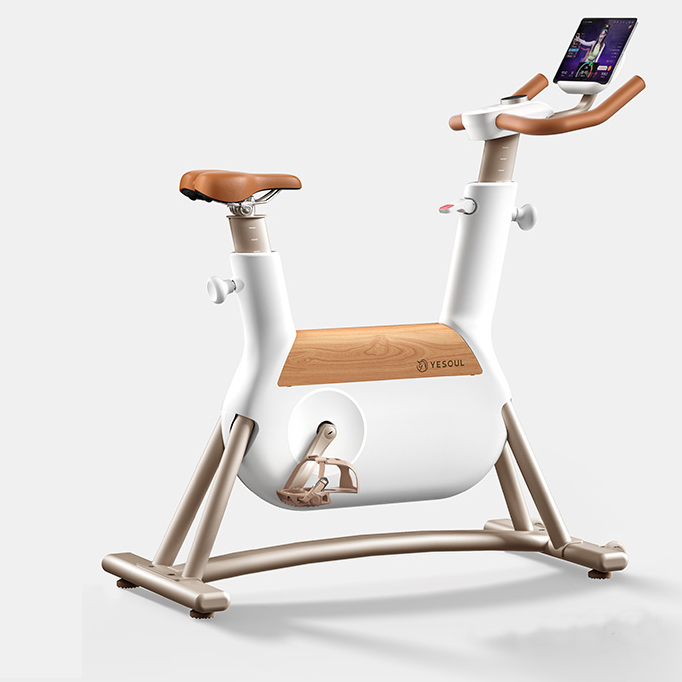 YESOUL R6 Indoor Exercise Bike
YESOUL R6 Indoor Exercise Bike 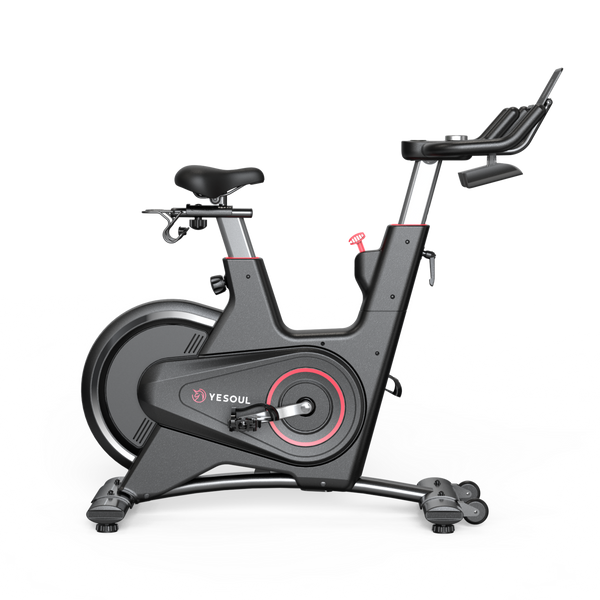 YESOUL V5 Light Commercial Spi...
YESOUL V5 Light Commercial Spi... 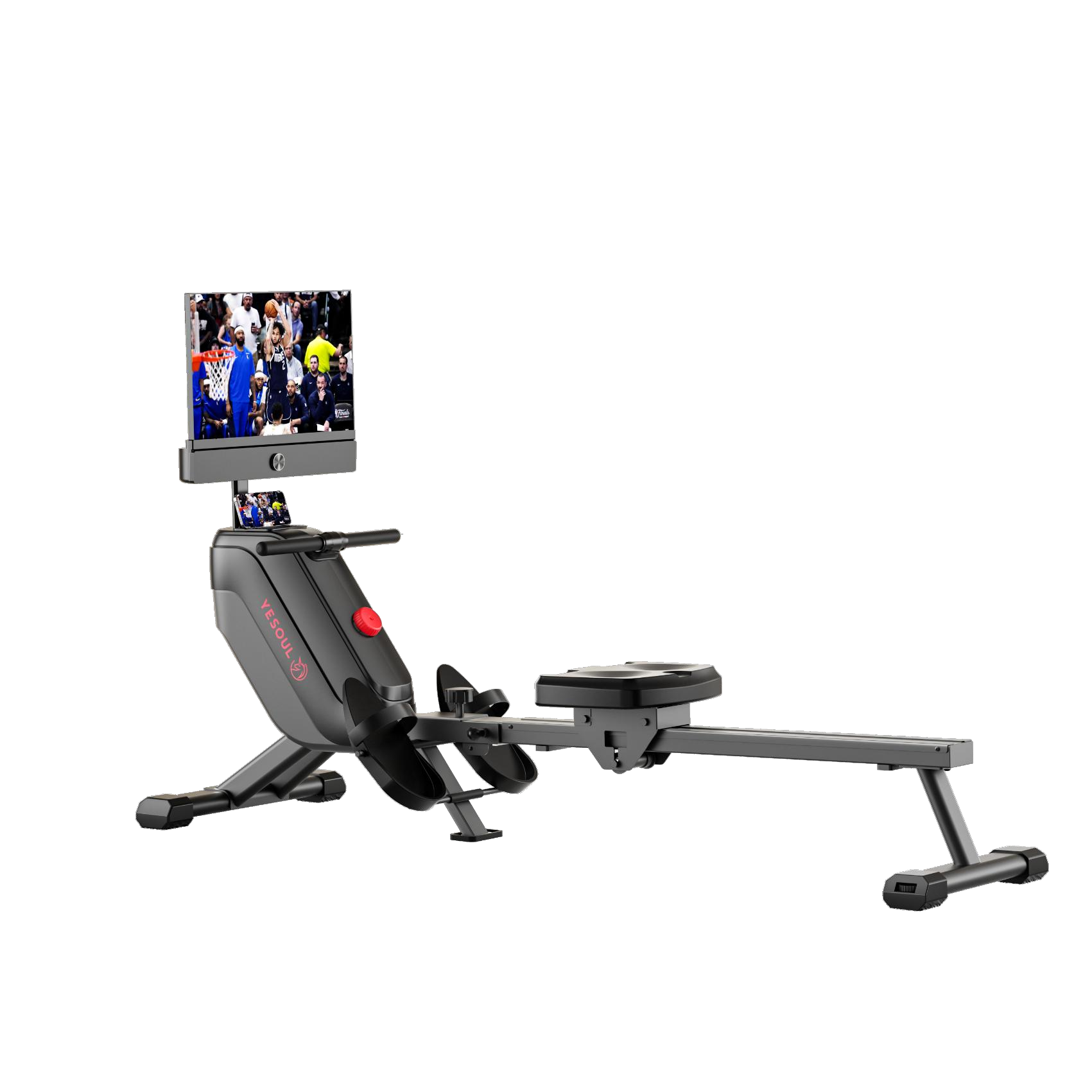 YESOUL R1 Plus Magnetic Quiet ...
YESOUL R1 Plus Magnetic Quiet ... 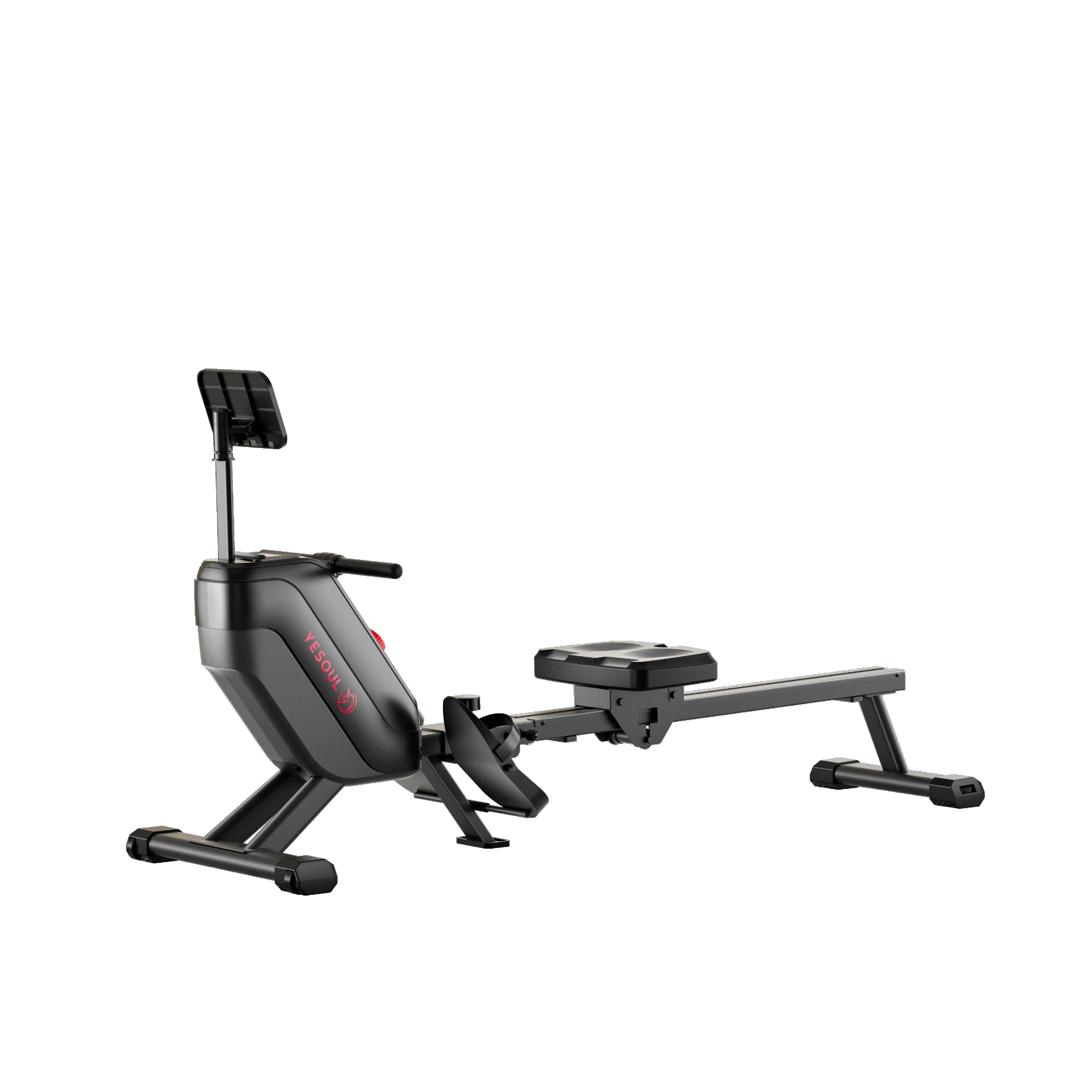 YESOUL R1 Foldable Rower for H...
YESOUL R1 Foldable Rower for H...  Foldable Water Rowing machine
Foldable Water Rowing machine 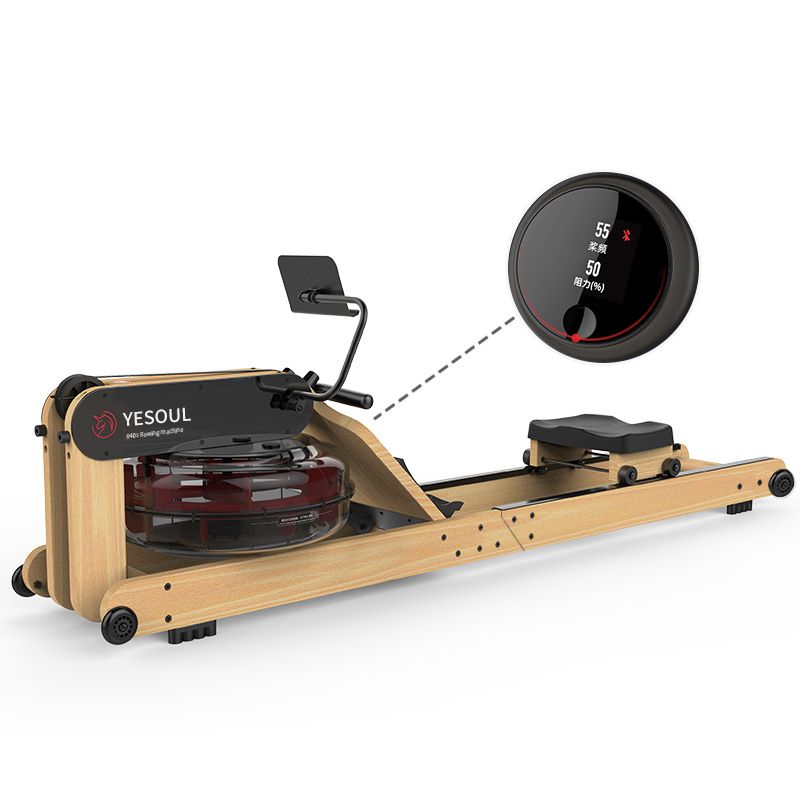 YESOUL R40 Rowing Machine
YESOUL R40 Rowing Machine 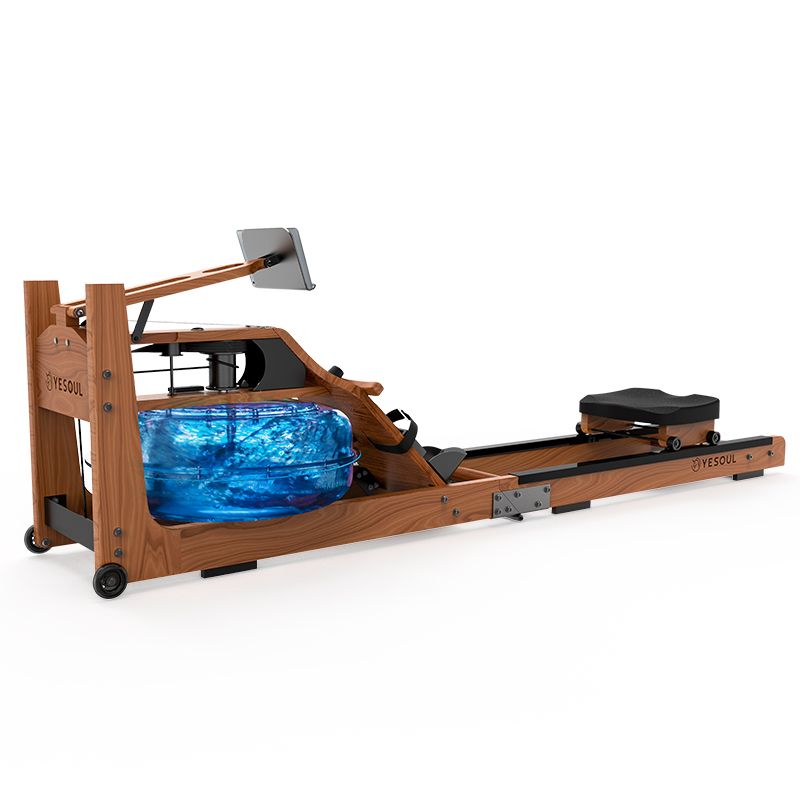 YESOUL R30 Rowing Machine
YESOUL R30 Rowing Machine  YESOUL WALKING PAD W2-Pro ( El...
YESOUL WALKING PAD W2-Pro ( El...  YESOUL Treadmill T3 Office
YESOUL Treadmill T3 Office  YESOUL TREADMILL T3 PLUS (21.5...
YESOUL TREADMILL T3 PLUS (21.5...  YESOUL TREADMILL T3-Pro( Elect...
YESOUL TREADMILL T3-Pro( Elect... 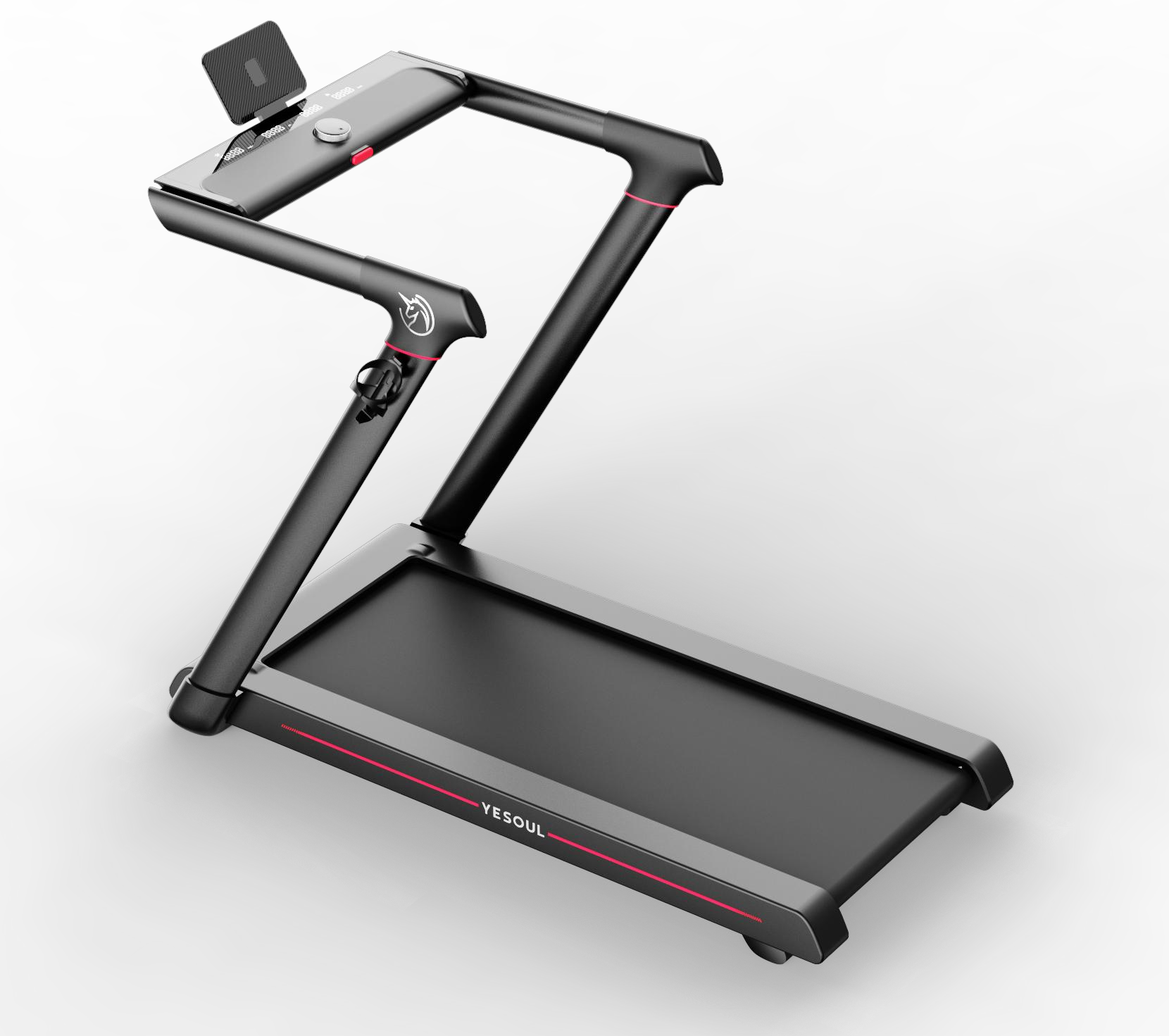 YESOUL Treadmill T3
YESOUL Treadmill T3 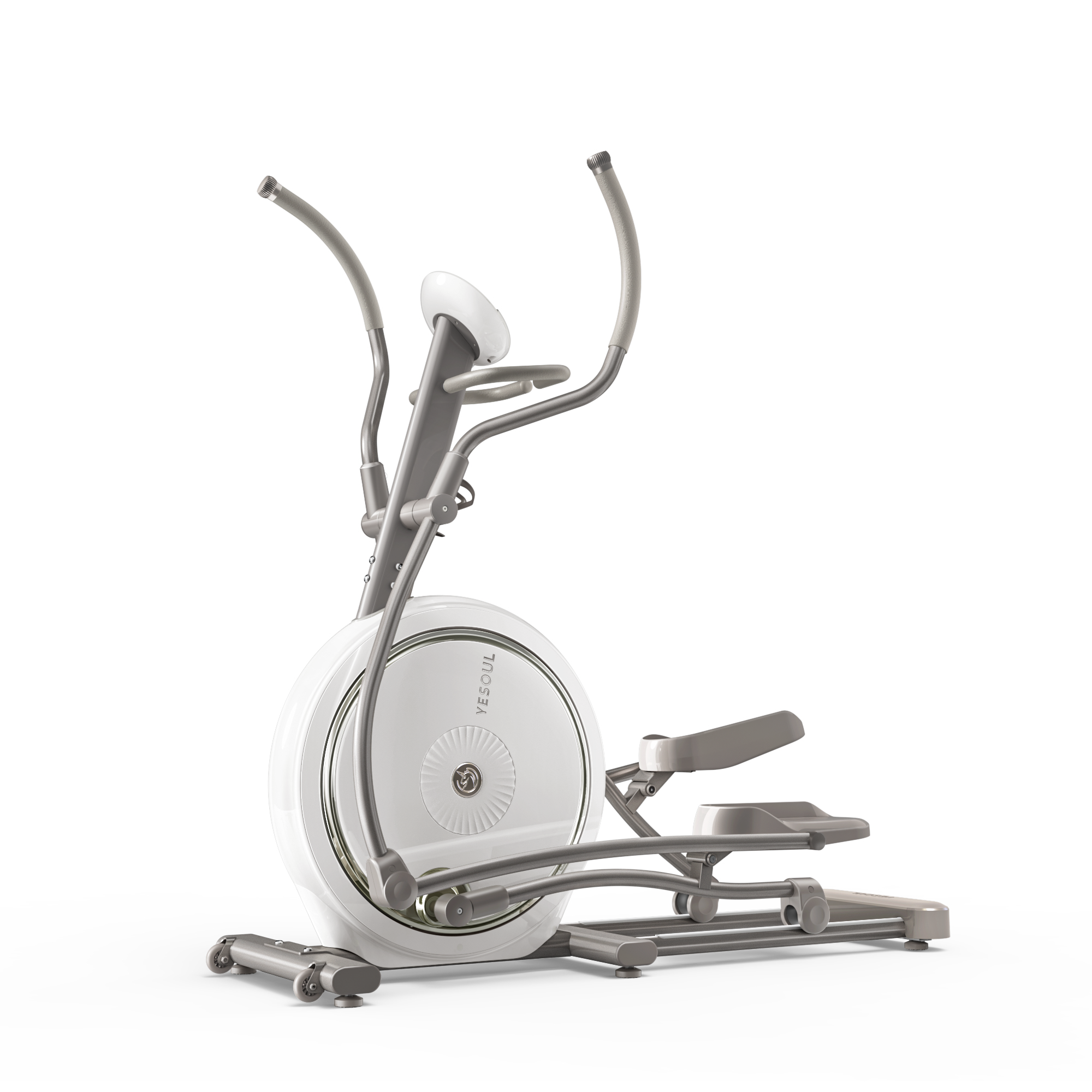 YESOUL ELLIPTICAL E80
YESOUL ELLIPTICAL E80 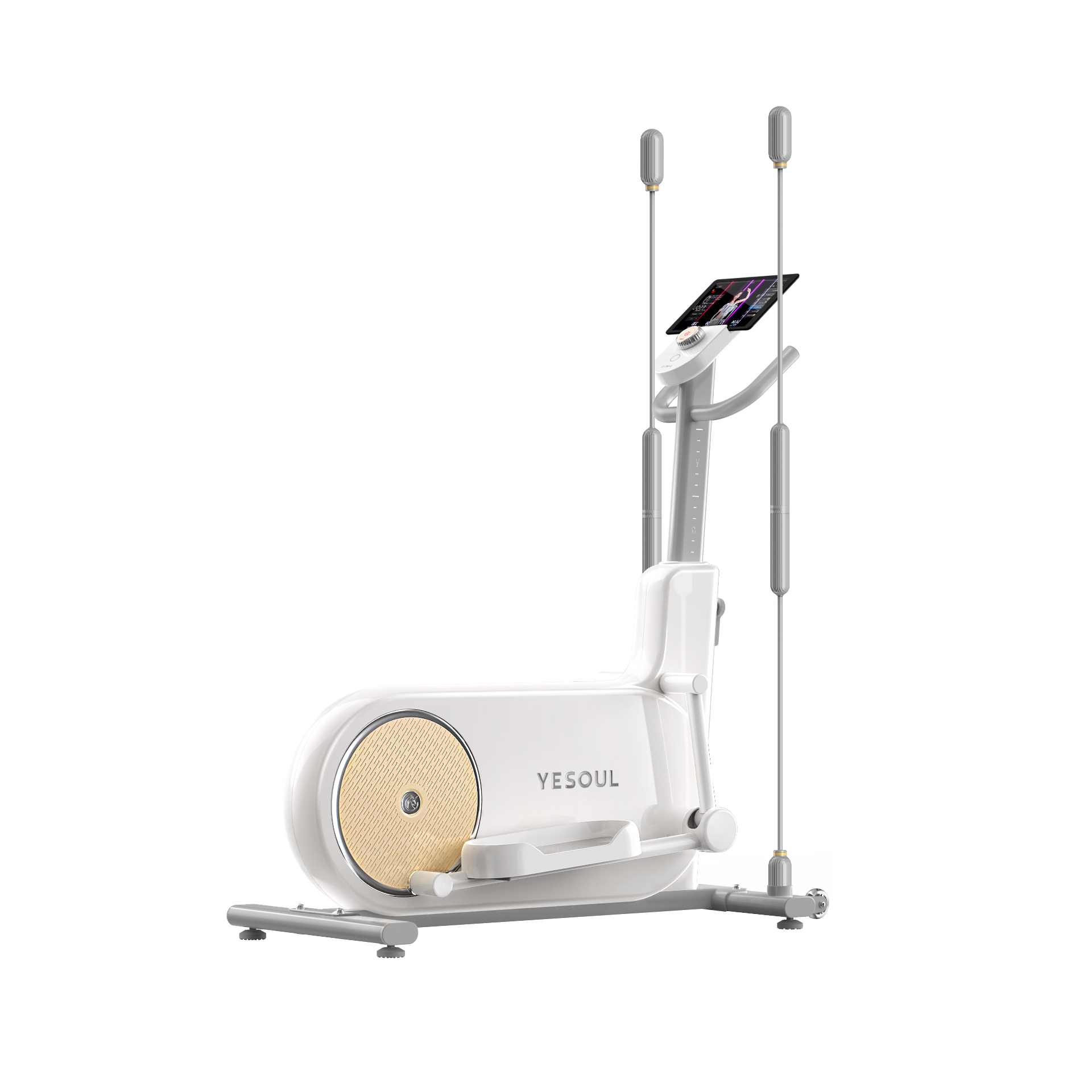 YESOUL EF25 Elliptical
YESOUL EF25 Elliptical 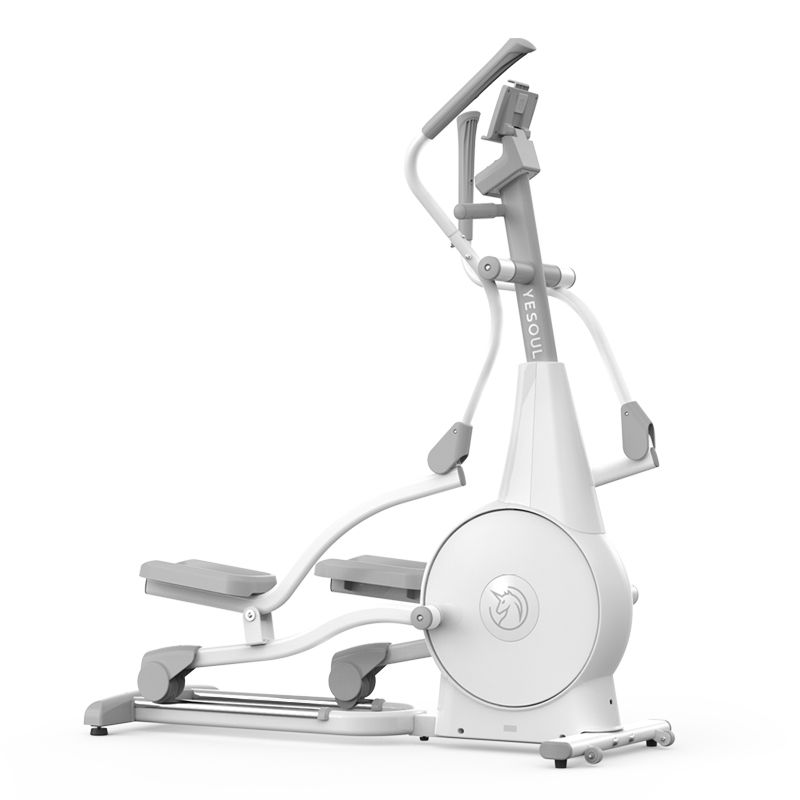 YESOUL E30S Elliptical Machine
YESOUL E30S Elliptical Machine 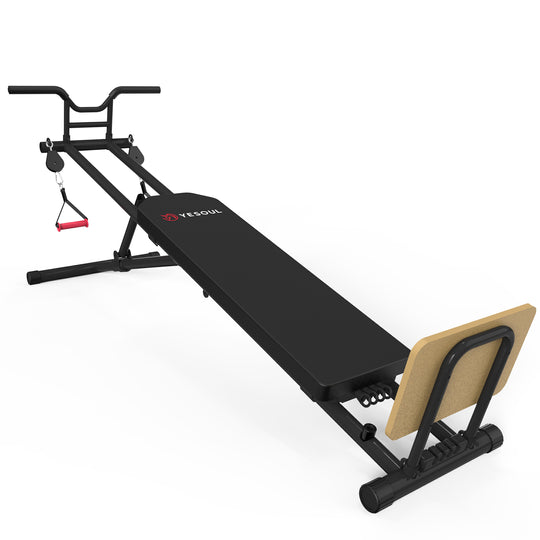 Yesoul Gravity Trainer
Yesoul Gravity Trainer  YESOUL MG 12 Massage gun
YESOUL MG 12 Massage gun  YESOUL MG 16 Hot compress faci...
YESOUL MG 16 Hot compress faci...  YESOUL MG-11 Massage Gun
YESOUL MG-11 Massage Gun 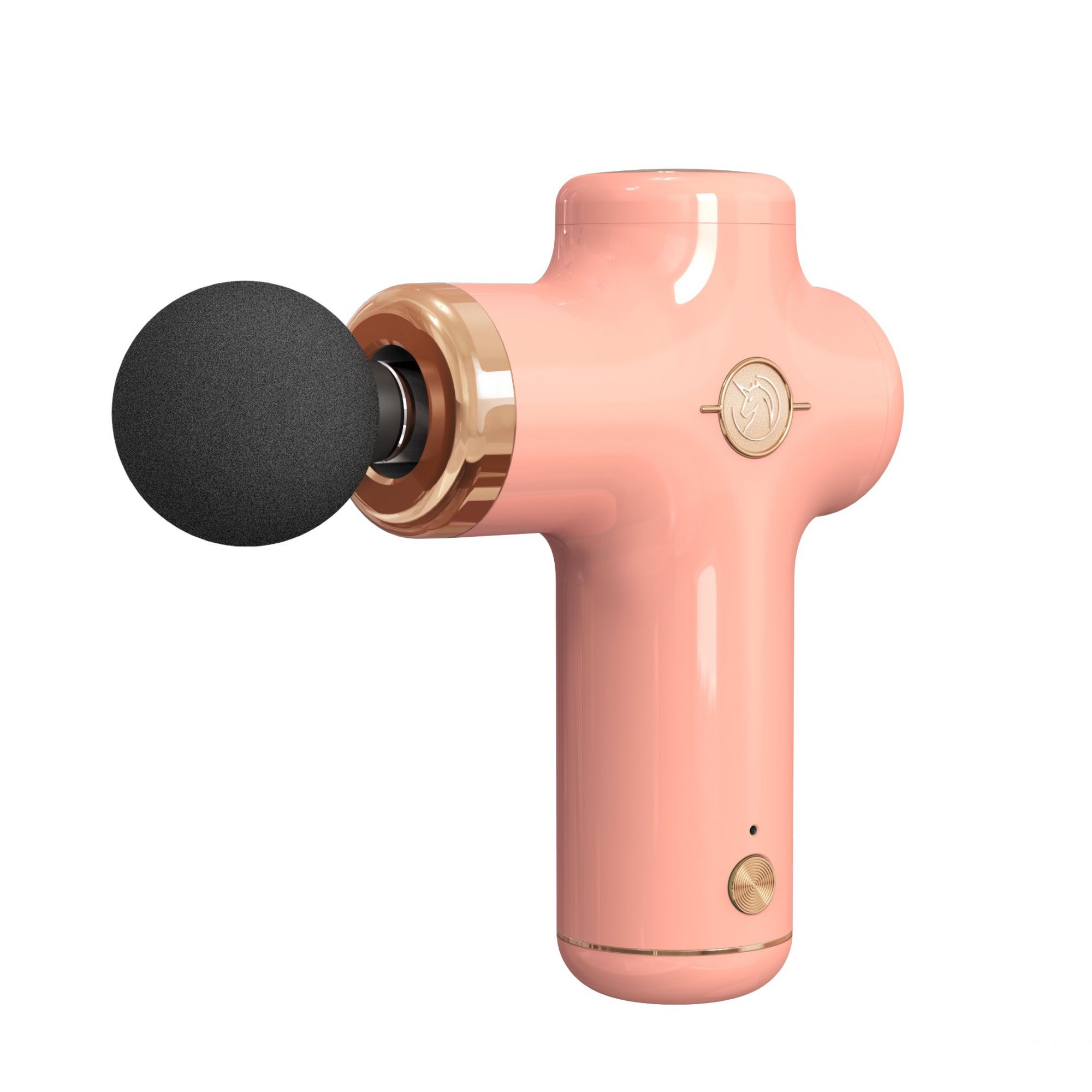 YESOUL MG-11 Massage Gun
YESOUL MG-11 Massage Gun  YESOUL MG-11 Massage Gun
YESOUL MG-11 Massage Gun 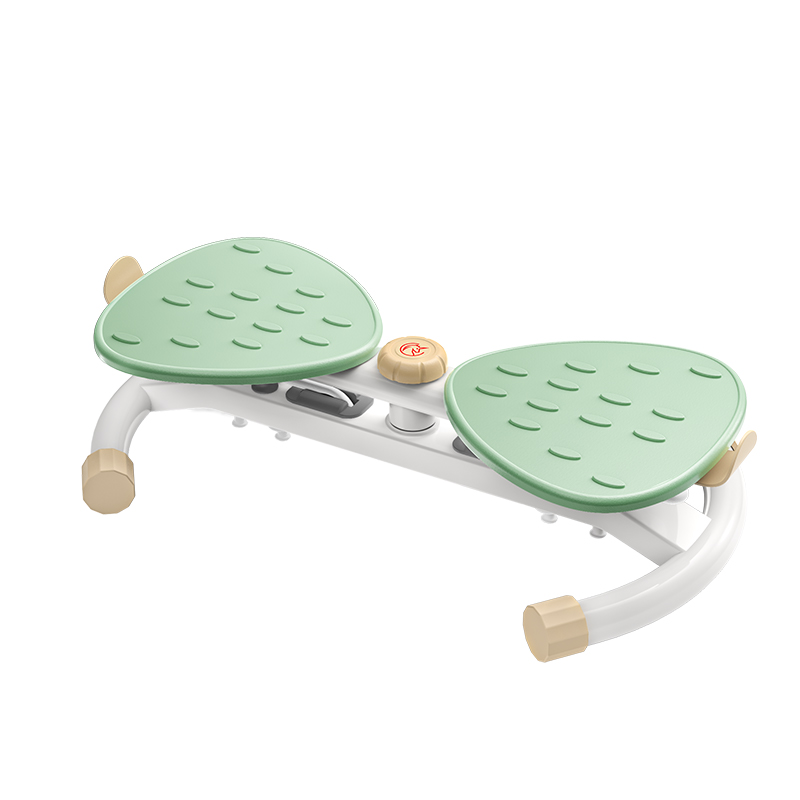 Home Gym Equipment Weight Loss...
Home Gym Equipment Weight Loss... 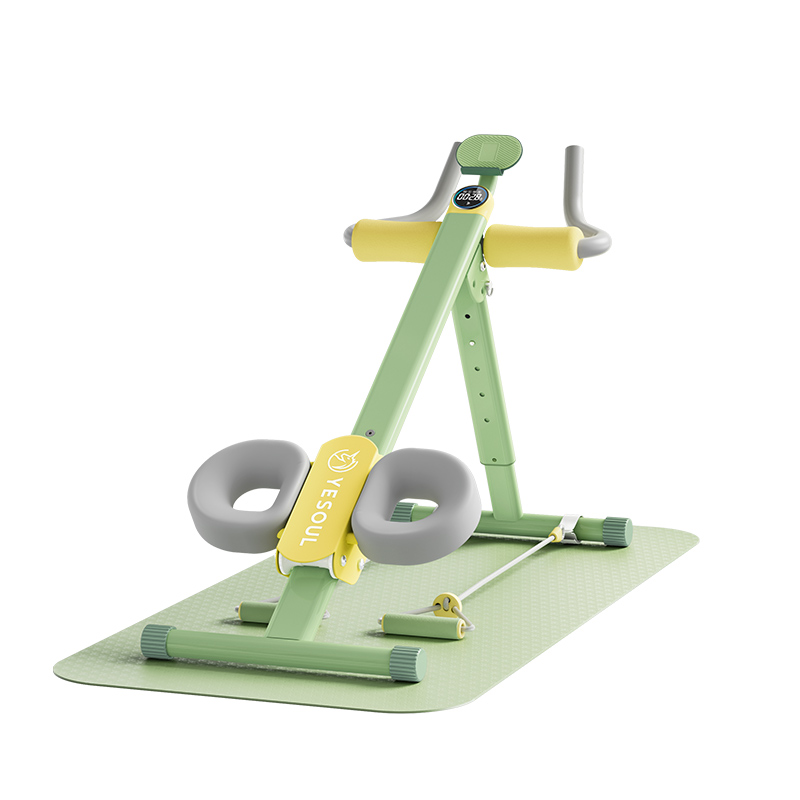 Ab Workout Equipment Adjustabl...
Ab Workout Equipment Adjustabl...  Exercise Bike Elliptical pad
Exercise Bike Elliptical pad 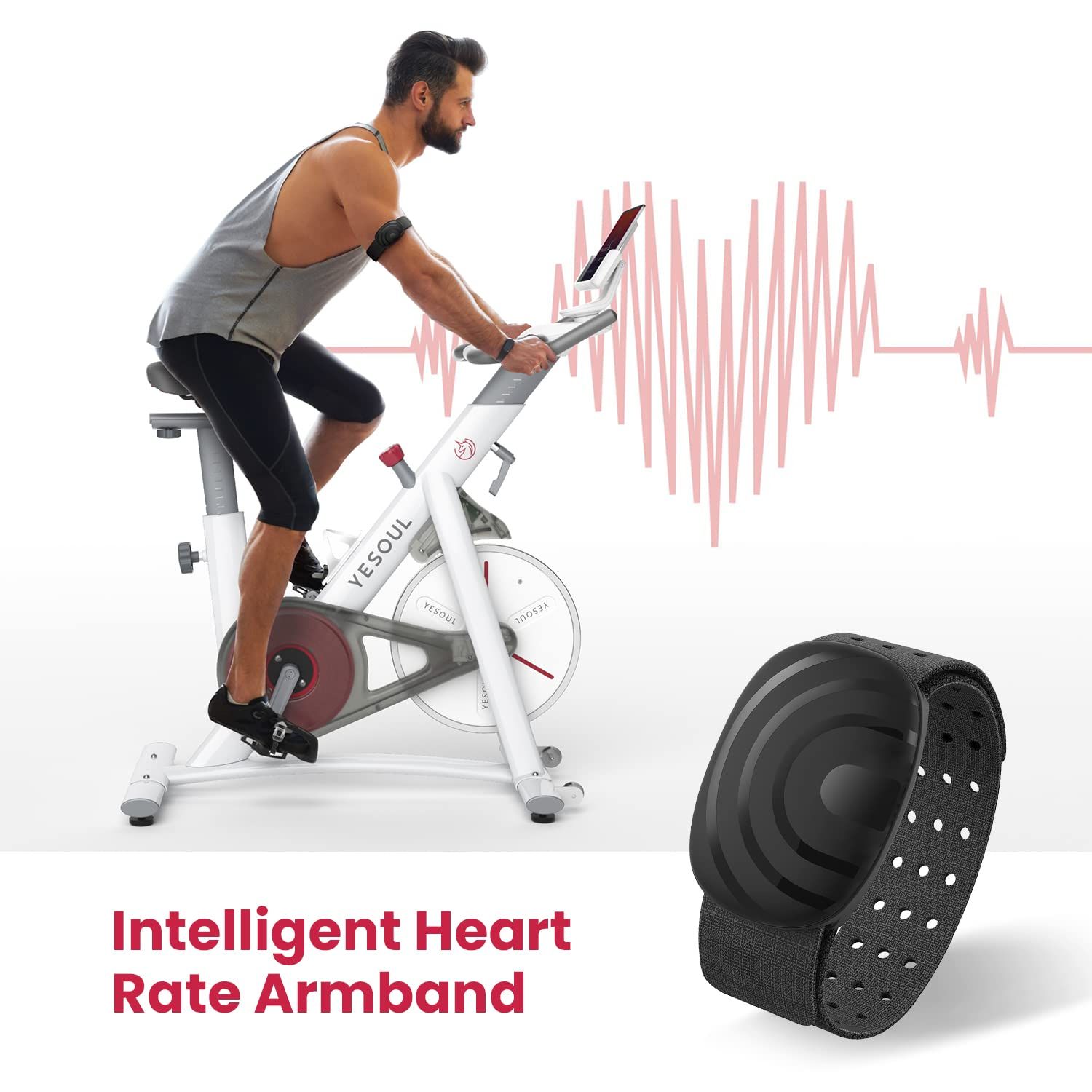 HEART RATE ARMBAND
HEART RATE ARMBAND  RIDING APPAREL
RIDING APPAREL